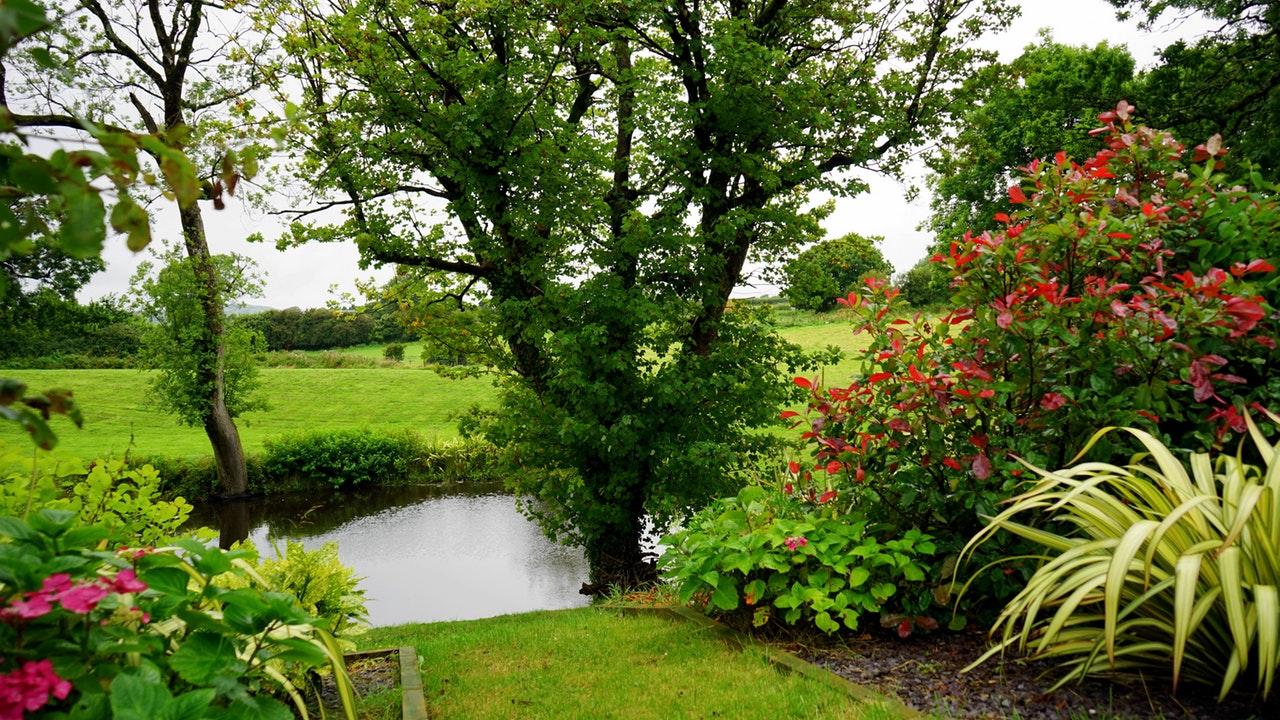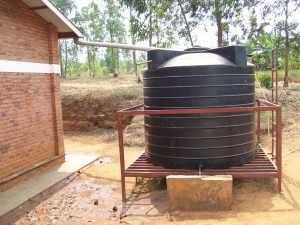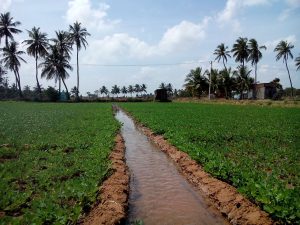
Water Conservation Strategies for the Green Gardener
 Water conservation is the key to a healthy garden, because plants drink water to survive. Mixing your soil with organic matter, such as manure and compost increases water retention. It’s one strategy of many that can make your garden grow and thrive. Here are four best practices for ensuring your garden’s hydration.
Water conservation is the key to a healthy garden, because plants drink water to survive. Mixing your soil with organic matter, such as manure and compost increases water retention. It’s one strategy of many that can make your garden grow and thrive. Here are four best practices for ensuring your garden’s hydration.
Water Collection
Place a receptacle, like a bucket, barrel, or container underneath the gutter downspout to receive rainwater or runoff from the thawing snow. Use this water for garden irrigation. Rainy seasons ensure lots of natural water. This method helps conserve the water that you may use from the tap or hose. In hot weather, continue to use the bucket or barrel at the tap. Containers allow for accurate measuring of water usage. Collecting rain conserves water. Pouring water from a container is different from a sprinkler that releases water continuously.
Irrigation

Sprinklers often saturate a garden without actually getting enough water to the plant roots. Beneath the soaking wet leaves and grass, the garden may have some very dry soil. Soak soil with drip irrigation or a soaking hose, designed to wet the roots of the garden. Otherwise, your garden may not grow and thrive. If you must use a sprinkler, keep it low to ensure that water flows into the soil.
Add mulch to your garden’s soil. Mulch helps soil fertility by retaining water. It’s one of the best ways to keep your garden moist. The protective layers are a shield from the sun’s heat and harsh winds. You will improve the garden’s soil. By applying grass, wood chips, or other organic elements in layers, the mulch will improve the soil’s nutrients. This is especially important for low-quality soil that may need moisture and nutrients to improve plant quality. Mulch is equally beneficial for container gardens and potted plants.
Regular maintenance is essential to green gardening. Don’t forget to weed the garden. Plants, fruits, and vegetables compete with weeds for the garden’s water supply. Strip the leaves from tomato plants, after the tomatoes reach full size. This practice helps move most of the water directly to the fruit, as it ripens. Harvest your vegetables and fruits when they ripen. By discarding unproductive plants, the garden will effectively redistribute the water supply to growing plants. If you place plants close together, the garden’s natural shade will prevent evaporation, conserving water. Water the garden in early morning or late afternoon to avoid additional evaporation caused by the sun.
Gardens vary in type, shape, and harvest. These techniques benefit all garden varieties, because every garden needs water to survive. By following these conservation tips, your plants will enjoy moisture, fertility, and long life.
